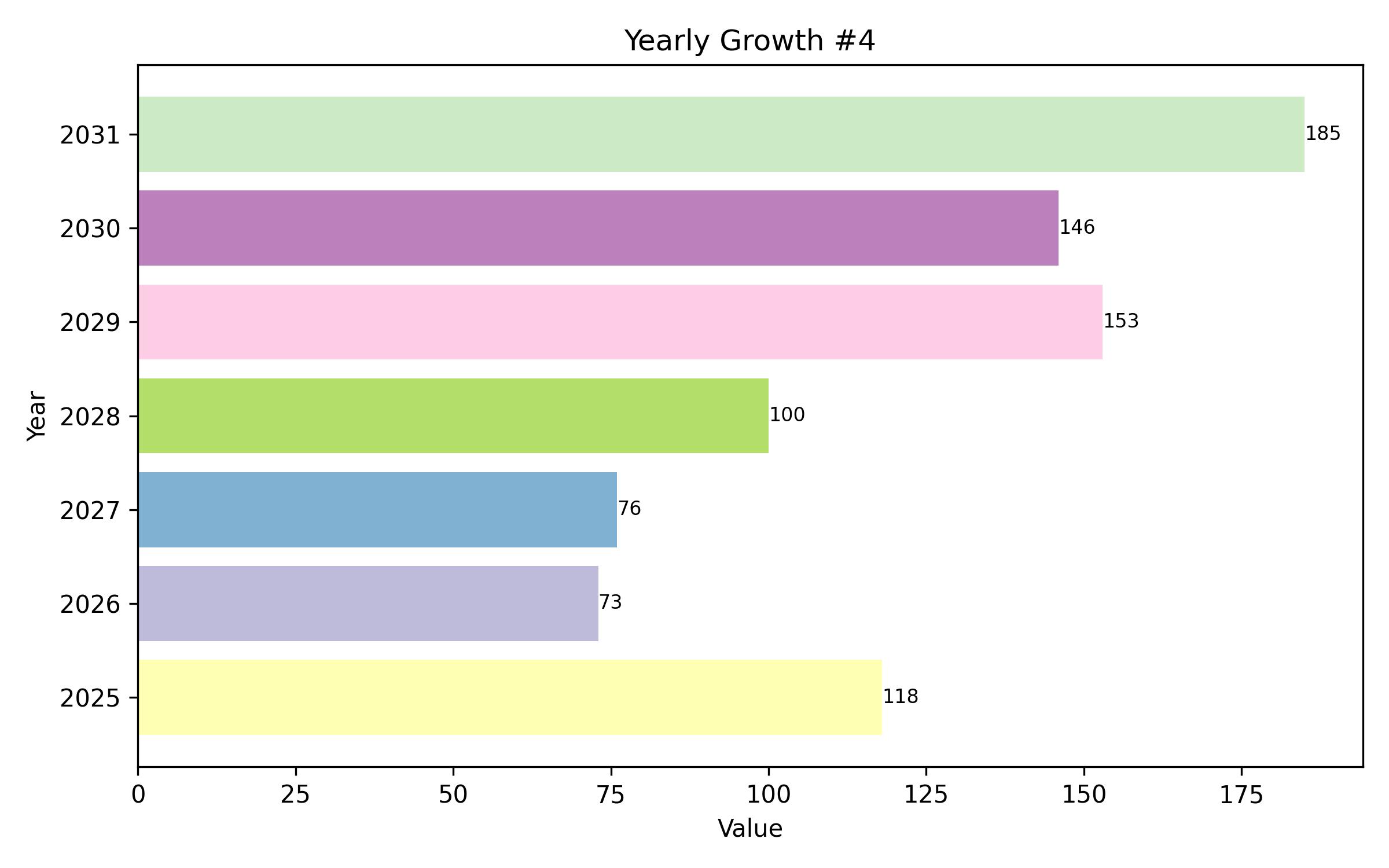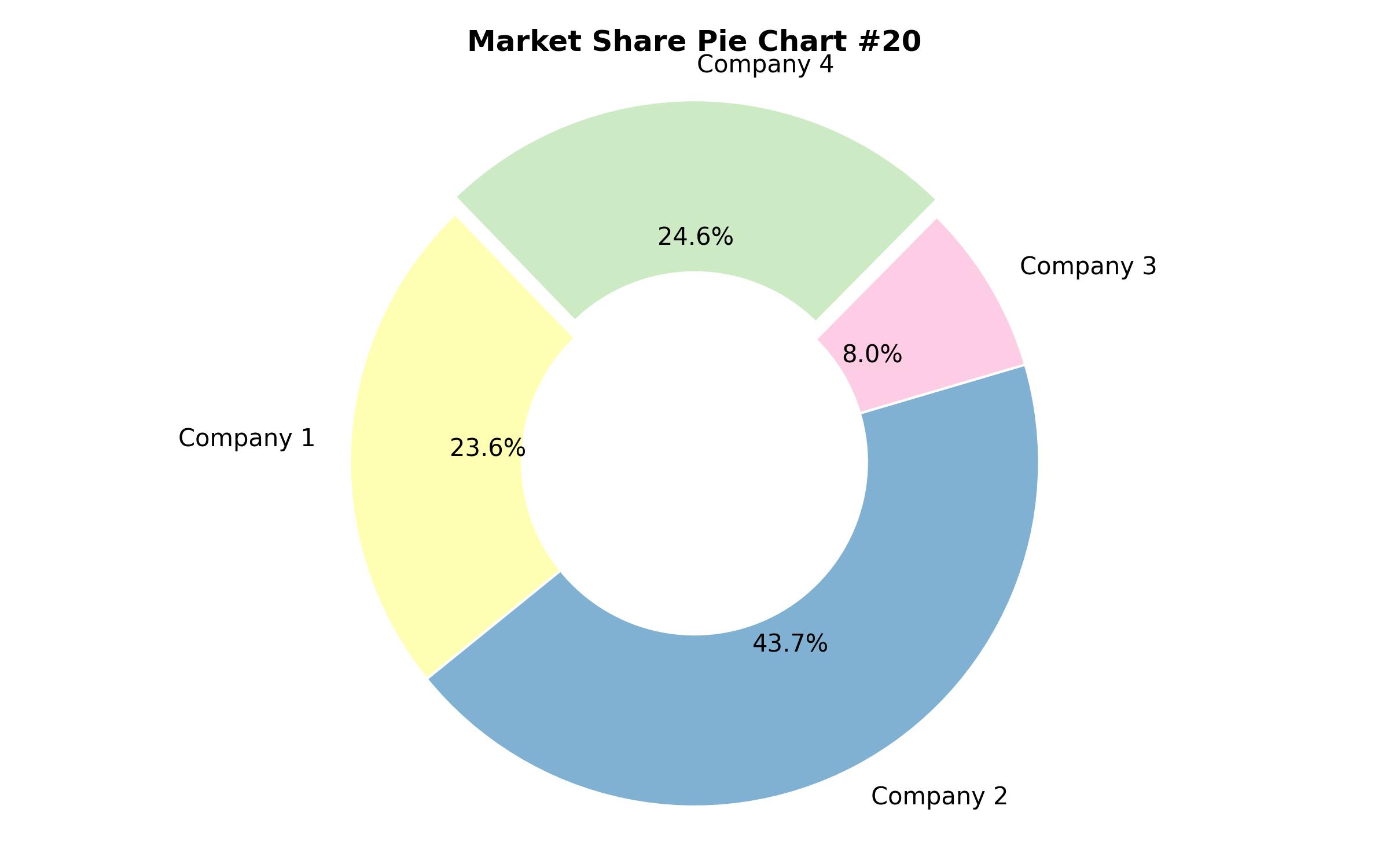Assessment of the Medical Bionic Implant and Exoskeleton Sector: Trends and Forecasts 2025-2035
Overview:
The market for medical bionic implants and exoskeletons is projected to reach approximately USD 840 million in 2025. Industry analysts forecast steady expansion, with a compound annual growth rate of 6.4%, pushing the market value close to USD 1.55 billion by 2035. In 2024, this sector generated revenues just under USD 795 million.
These sophisticated medical devices serve to substitute or improve the function of impaired limbs or organs through the integration of bioelectronics and mechanical systems. Increased adoption stems from the rising number of individuals with disabilities, advancements in robotic technology, the demographic shift towards an older global population, and heightened demand for restorative therapies.
Key forces driving market expansion include public sector investments in healthcare technology, favorable insurance coverage policies, and collaborative efforts between medical device companies and academic research bodies. Furthermore, the growing capabilities and expanded accessibility provided by incorporating brain-computer interfaces, additive manufacturing, and innovative materials are expected to accelerate market growth.
As healthcare trends shift towards individualized and regenerative medical approaches, bionic implants and exoskeletons are becoming increasingly accepted within clinical settings and the broader market.
The global health crisis, while challenging, spurred additional investment in rehabilitation technologies aimed at enhancing patient mobility and self-sufficiency. The pandemic reinforced the critical need for such innovations.
Demand for these technologies is intertwined with the growing prevalence of neurological conditions, serious spinal injuries, and limb loss, often linked to an aging population and the rise of chronic illnesses. Support from government funding and reimbursement programs, particularly evident in regions like North America and Europe, has substantially supported this growth.
Collaborations among medical technology firms and research institutions are fostering breakthroughs including advanced brain interfaces and integrated biological sensors. Consequently, factors such as increasing public awareness and patient readiness to use assistive technologies are playing significant roles in the wider adoption of these products.
Furthermore, the market outlook is shaped by the continuous drive for enhancing device functionality and user experience. The focus is increasingly on developing more intuitive, comfortable, and energy-efficient bionic solutions.
Addressing challenges related to cost and limited access in certain regions remains crucial for realizing the full potential of this market. Initiatives to lower manufacturing expenses and expand insurance coverage are viewed as necessary steps for wider market penetration.
Finally, the integration of advanced computing and artificial intelligence into bionic devices is opening new avenues for personalized function and adaptability, promising significant improvements in patient outcomes and further market development.

| Report Attribute | Details |
|---|---|
| Market Size in 2025 | USD 838.4 million |
| Revenue Forecast for 2035 | USD 1,544.6 million |
| Growth Rate (CAGR) | 6.3% from 2025 to 2035 |
| Base Year for Estimation | 2024 |
| Historical Data | 2020 – 2023 |
| Forecast Period | 2025 – 2035 |
| Quantitative Units | Revenue in USD million/billion and CAGR from 2025 to 2035 |
| Report Coverage | Revenue forecasts, company market share, competitive landscape, growth factors, and trends |
| Covered Segments | Component, application, end-user, and region |
| Regional Scope | North America, Europe, Asia Pacific, Latin America, Middle East and Africa |
| Country Scope | U.S., Canada, Germany, U.K., France, Spain, Italy, China, India, Japan, South Korea, Australia, Brazil, Mexico, GCC Countries, South Africa |
| Key Companies Analyzed | Ekso Bionics, Rex Bionics Ltd., DJO Global Inc., Invacare, Ossur, Ottobock, ReWalk Robotics, Touch Bionics |
| Customization Options | Free report customization (up to 8 analysts working days) with purchase. Changes to country, regional, and segment scope |
| Pricing and Purchase Options | Customizable purchase options for tailored research needs |

Report Coverage & Deliverables
- Market Trends And Dynamics
- Competitve Benchmarking
- Historical data and forecasts
- Value/Volume analysis
- Company revenue shares and key strategies
- Regional opportunities
This is an indicative segmentation. Please request a sample report to see detail segmentation of this market.
Detailed Market Segmentation
-
By Component
- Bionic Forelimbs/Hand Bionics
- Bionic Legs/Lower Limbs
- Exoskeletons & Suits
- Bionic Eyes
- Bionic Ears (Cochlear Implants)
- Bionic Hearts
- Other Bionic Organs
-
By Application
- Orthopedics
- Neurology
- Cardiology
- Visual Impairment
- Hearing Impairment
- Rehabilitation
-
By End User
- Hospitals
- Rehabilitation Centers
- Ambulatory Surgical Centers
- Homecare Settings
- Military & Defense Organizations
-
By Region
- North America (U.S., Canada)
- Europe (Germany, U.K., France, Spain, Italy)
- Asia-Pacific (China, India, Japan, South Korea, Australia)
- Latin America (Brazil, Mexico)
- Middle East & Africa (GCC Countries, South Africa)
Table of Content
- Executive Summary
- Market Overview
- Key Market Trends
- Market Demand Analysis 2020 to 2024 and Forecast, 2025 to 2035
- Market Background
- Market Analysis 2020 to 2024 and Forecast 2025 to 2035, By Component
- Bionic Forelimbs/Hand Bionics
- Bionic Legs/Lower Limbs
- Exoskeletons & Suits
- Bionic Eyes
- Bionic Ears (Cochlear Implants)
- Bionic Hearts
- Other Bionic Organs
- Market Analysis 2020 to 2024 and Forecast 2025 to 2035, By Application
- Orthopedics
- Neurology
- Cardiology
- Visual Impairment
- Hearing Impairment
- Rehabilitation
- Market Analysis 2020 to 2024 and Forecast 2025 to 2035, By End User
- Hospitals
- Rehabilitation Centers
- Ambulatory Surgical Centers
- Homecare Settings
- Military & Defense Organizations
- Market Analysis 2020 to 2024 and Forecast 2025 to 2035, By Region
- North America
- Europe
- Asia-Pacific
- Latin America
- Middle East & Africa
- North America Market Analysis 2020 to 2024 and Forecast 2025 to 2035
- Europe Market Analysis 2020 to 2024 and Forecast 2025 to 2035
- Asia-Pacific Market Analysis 2020 to 2024 and Forecast 2025 to 2035
- Latin America Market Analysis 2020 to 2024 and Forecast 2025 to 2035
- Middle East & Africa Market Analysis 2020 to 2024 and Forecast 2025 to 2035
- Country-wise Analysis
- Key Company Profiles
- Competitive Landscape
- Market Structure Analysis
- Research Methodology
- Assumptions and Acronyms
